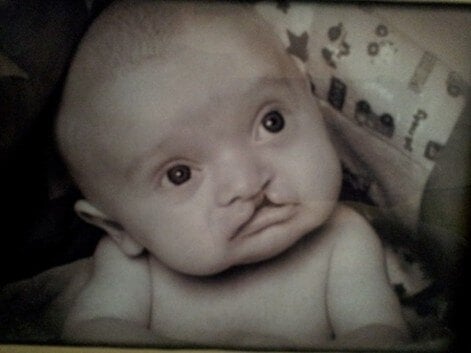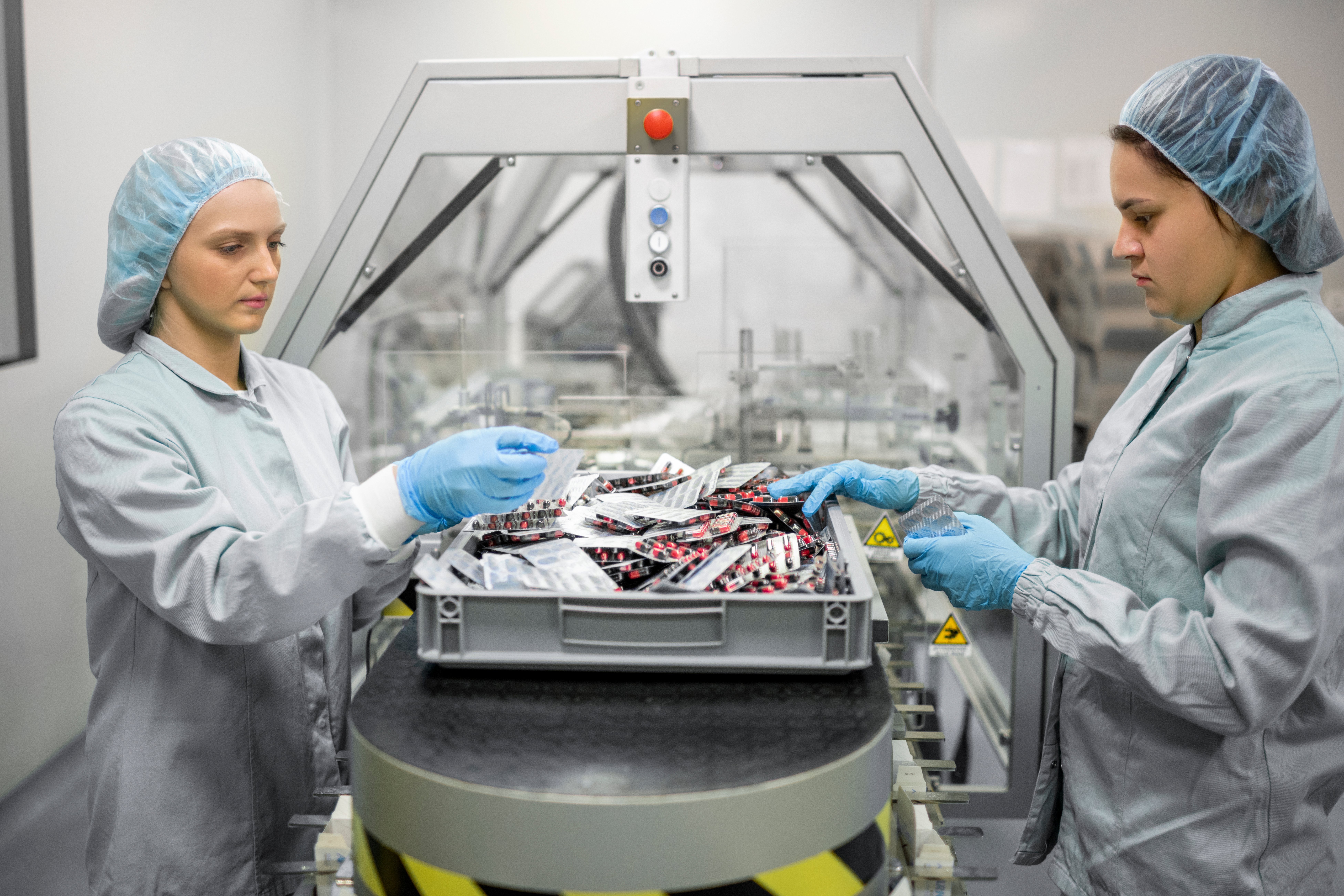Why Are Cleanrooms Important in Medical Packaging?
Healthcare packaging is designed to protect. The medical devices, pharmaceuticals, and therapies we package very often go into the body and therefore must be extremely clean and sterile. Through sterilization, bacterial contamination is extinguished; however, particulate is not removed in this process. Particulate can include small items like dust or ink flakes, or bigger things like hair or even small insects. To ensure that particulate is minimized, medical packaging is often produced in a cleanroom environment.
A cleanroom is a controlled environment that is designed and maintained to minimize the presence of airborne particles and other sources of contamination. It is a specialized workspace where the concentration of particles is “controlled” to specific levels as a way of meeting stringent cleanliness requirements.
Cleanrooms are often referred to by their Class. To classify cleanrooms, the International Organization for Standardization, or ISO, has developed a system based on the allowable concentration of airborne particles. For example, in an ISO Class 7 cleanroom, the maximum allowable concentration of airborne particles is defined as follows:
-1.jpg?quality=low)
-
Particles ≥ 0.5 micrometers: The maximum allowable concentration is 352,000 particles per cubic meter of air.
-
Particles ≥ 5.0 micrometers: The maximum allowable concentration is 2,930 particles per cubic meter of air.
For an ISO Class 8 cleanroom, the maximum allowable concentration of airborne particles is as follows:
-
Particles ≥ 0.5 micrometers: The maximum allowable concentration is 3,520,000 particles per cubic meter of air.
-
Particles ≥ 5.0 micrometers: The maximum allowable concentration is 29,300 particles per cubic meter of air.
So, a lower Class number means you have less particulate allowable, making it a cleaner cleanroom. The ISO cleanroom classifications range from ISO Class 1 (the cleanest) to ISO Class 9 (the least clean), with each class having specific particle concentration requirements. The choice of cleanroom class depends on the industry, the specific processes involved, and the desired level of cleanliness necessary for the intended applications.
Having standards in place is one thing, but how do you uphold these? To retain the cleanliness of the cleanroom environment in place, there are several actions that must be taken:
-
Controlled Air Quality: Cleanrooms have positive pressure in the room, which means the air pressure within the room is higher than the surrounding environment to make sure air only flows out of the room, with no (possibly contaminated) outside air flowing in. This high pressure, combined with sophisticated air filtration systems, will ensure that air in the cleanroom remains uncontaminated. Filtering the air is typically done by High Efficiency Particulate Air (HEPA) filters, which can capture particles as small as 0.3 micrometers with high efficiency. The air circulation and ventilation systems are designed to create controlled airflow patterns that minimize the spread of particles.
-
Protective Clothing and Equipment: When entering a cleanroom, personnel are required to wear specialized garments such as cleanroom suits, gloves, masks, and shoe covers. These garments help minimize the introduction of particles and contaminants from the personnel into the cleanroom environment.
-
Controlled Environment: Cleanrooms are designed to control various environmental factors, including temperature, humidity, and pressure. These parameters are carefully maintained within specified ranges to ensure optimal conditions for the production or research activities taking place in the cleanroom.
-
Monitoring and Control Systems: Cleanrooms are equipped with monitoring and control systems to continuously monitor and maintain the desired cleanliness levels. These systems may include particle counters, environmental sensors, alarms, and automated controls that adjust the airflow, temperature, and other parameters as needed.
-
Entry and Exit Procedures: Cleanrooms typically have designated entry and exit procedures to minimize the transfer of contaminants. These procedures often involve airlocks or anterooms that act as buffer zones, where personnel can change their garments, remove particles, and control airflow before entering or exiting the main cleanroom area.
Overall, cleanroom production is essential for industries that require a high level of cleanliness, precision, and quality control, like the healthcare industry. It helps ensure product integrity, compliance with regulations, employee safety, and improved process control, ultimately leading to better product quality and greater customer satisfaction.



